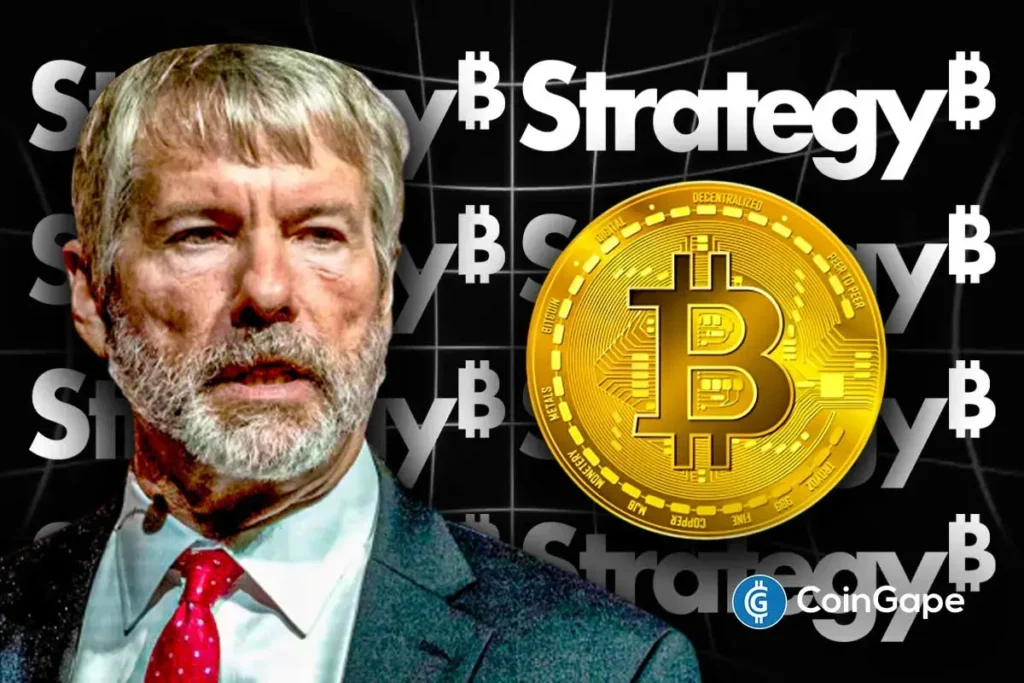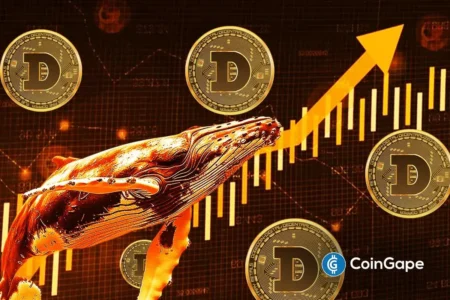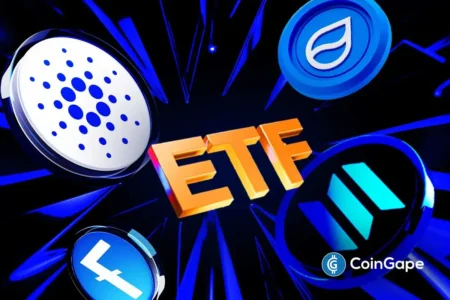Crypto Market Analyst Critiques S&P Global Ratings on Bitcoin Holdings
In a striking critique, crypto market analyst Adam Livingston has taken aim at S&P Global Ratings, labeling their recent assignment of a ‘B-’ issuer credit rating to Strategy Inc. as “hilarious.” His remarks underscore a significant thematic divide: a misunderstanding of Bitcoin’s role in capital models by traditional financial institutions. This incident serves as a pertinent case study illustrating the clash between established finance and the evolving landscape of digital assets.
S&P’s Negative Outlook on Bitcoin-Based Assets
The controversy centers around S&P’s assessment that categorized Strategy Inc. as a high-risk entity due to its substantial Bitcoin holdings. Livingston contends that this evaluation fails to acknowledge the robust nature of Strategy’s balance sheet while erroneously framing Bitcoin as a liability. According to him, S&P’s rating model effectively penalizes companies for adopting Bitcoin, suggesting that an increase in digital reserves equates to capital weakness rather than strength.
The Push for a New Perspective on Digital Assets
S&P’s report indicated that a significant portion of Strategy Inc.’s assets is allocated to Bitcoin, which aligns with CEO Michael Saylor’s ambitious goal of building a $1 trillion Bitcoin reserve. However, S&P’s perception of Bitcoin as a detriment reveals a broader skepticism within the traditional finance sector about digital currencies. Livingston asserts that this misunderstanding represents one of the most profound miscalculations regarding decentralized assets and their potential to be viewed as strong forms of capital.
A Call for Clarity in Risk Assessment
Livingston argues that if Strategy Inc. were to hold U.S. Treasuries instead of Bitcoin, S&P would classify those reserves as “high-quality capital.” Yet, because Bitcoin is viewed through a lens of skepticism, it gets categorized as negative equity. This inconsistency highlights a fundamental flaw in S&P’s risk assessment methodologies, which, according to both Livingston and Saylor, fail to capture the true transformative value of blockchain-based assets.
Legacy Financial Models Under Scrutiny
The incident illustrates the limitations of legacy financial systems and how they contend with the realities of digital asset valuation. Livingston emphasizes that traditional credit models seem to operate on outdated principles rooted in fiat currency logic, which fails to align with the stability and transparency that blockchain technology offers. The critique underlines an urgent need for financial ratings agencies to adapt to the disruptive potential of cryptocurrencies.
Industry Opinions Reflect a Growing Consensus
As the discussion gains momentum, industry voices are weighing in. VanEck analyst Matthew Sigel noted that the rating positions Strategy Inc. within high-yield territory, implying a notable probability of default. Mason Foard highlighted that, despite being the largest publicly traded company with a ‘B-’ rating, Strategy’s financial metrics indicate less risk compared to traditional sectors like airlines and automotive. This growing consensus suggests a potential paradigm shift in how investors and analysts perceive the complexity of digital assets within the traditional financial framework.
Conclusion: Navigating the Future of Digital Finance
Ultimately, the staking of traditional finance’s credibility against the backdrop of Bitcoin and other cryptocurrencies reflects an evolution in capital allocation and risk assessment. Adam Livingston’s incisive critique of S&P Global Ratings is more than just an opinion; it serves as a rallying call for the finance world to reassess its views on what constitutes sound capital. As the digital asset landscape continues to mature, the pressure mounts on legacy financial systems to adapt or risk becoming obsolete in a rapidly changing economic environment. This dialogue signals a defining moment in how digital assets can reshape perceptions of value, risk, and ultimately, financial strength.

















